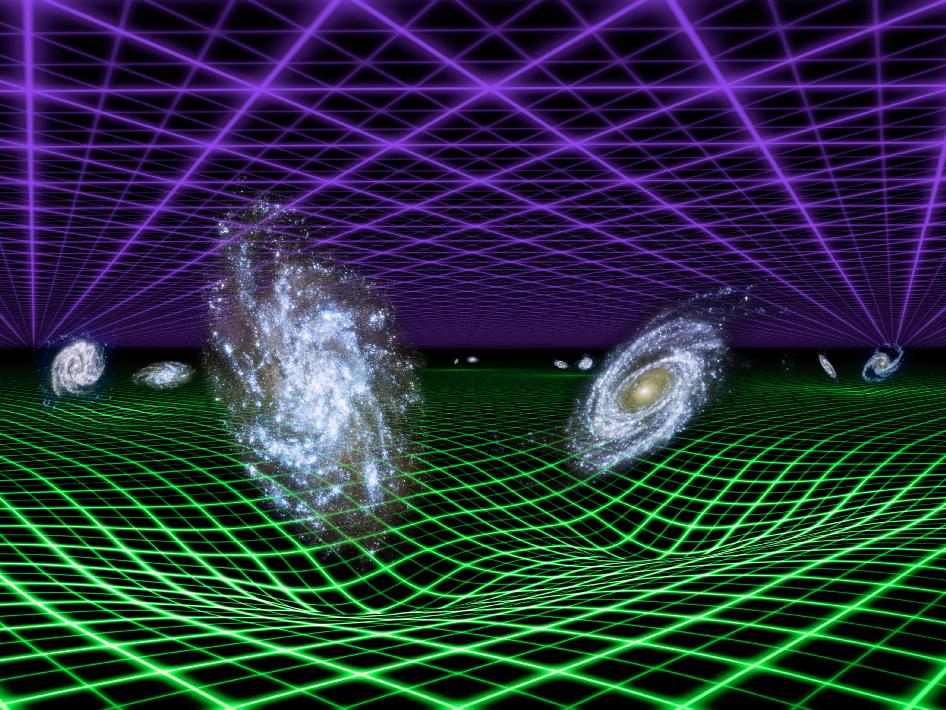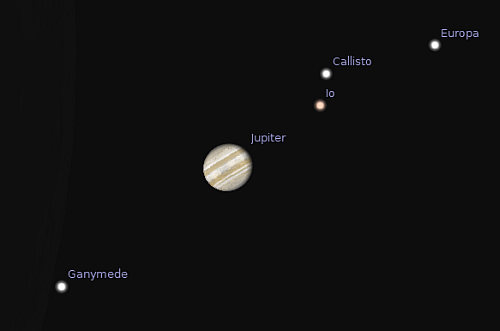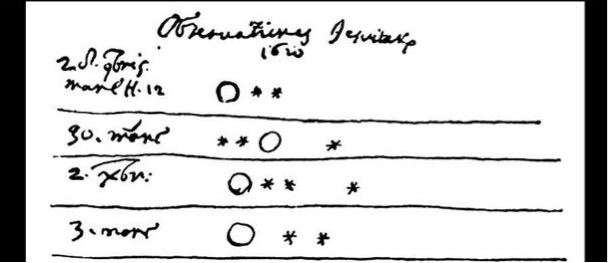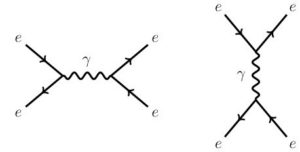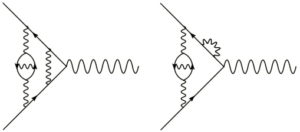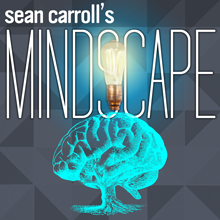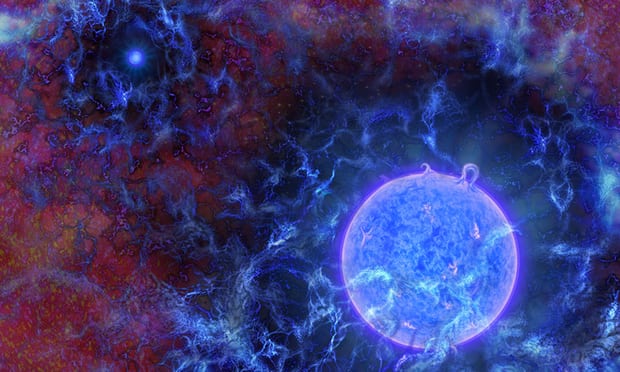True Facts About Cosmology (or, Misconceptions Skewered)
I talked a bit on Twitter last night about the Past Hypothesis and the low entropy of the early universe. Responses reminded me that there are still some significant misconceptions about the universe (and the state of our knowledge thereof) lurking out there. So I’ve decided to quickly list, in Tweet-length form, some true facts about cosmology that might serve as a useful corrective. I’m also putting the list on Twitter itself, and you can see comments there as well.
- The Big Bang model is simply the idea that our universe expanded and cooled from a hot, dense, earlier state. We have overwhelming evidence that it is true.
- The Big Bang event is not a point in space, but a moment in time: a singularity of infinite density and curvature. It is completely hypothetical, and probably not even strictly true. (It’s a classical prediction, ignoring quantum mechanics.)
- People sometimes also use “the Big Bang” as shorthand for “the hot, dense state approximately 14 billion years ago.” I do that all the time. That’s fine, as long as it’s clear what you’re referring to.
- The Big Bang might have been the beginning of the universe. Or it might not have been; there could have been space and time before the Big Bang. We don’t really know.
- Even if the BB was the beginning, the universe didn’t “pop into existence.” You can’t “pop” before time itself exists. It’s better to simply say “the Big Bang was the first moment of time.” (If it was, which we don’t know for sure.)
- The Borde-Guth-Vilenkin theorem says that, under some assumptions, spacetime had a singularity in the past. But it only refers to classical spacetime, so says nothing definitive about the real world.
- The universe did not come into existence “because the quantum vacuum is unstable.” It’s not clear that this particular “Why?” question has any answer, but that’s not it.
- If the universe did have an earliest moment, it doesn’t violate conservation of energy. When you take gravity into account, the total energy of any closed universe is exactly zero.
- The energy of non-gravitational “stuff” (particles, fields, etc.) is not conserved as the universe expands. You can try to balance the books by including gravity, but it’s not straightforward.
- The universe isn’t expanding “into” anything, as far as we know. General relativity describes the intrinsic geometry of spacetime, which can get bigger without anything outside.
- Inflation, the idea that the universe underwent super-accelerated expansion at early times, may or may not be correct; we don’t know. I’d give it a 50% chance, lower than many cosmologists but higher than some.
- The early universe had a low entropy. It looks like a thermal gas, but that’s only high-entropy if we ignore gravity. A truly high-entropy Big Bang would have been extremely lumpy, not smooth.
- Dark matter exists. Anisotropies in the cosmic microwave background establish beyond reasonable doubt the existence of a gravitational pull in a direction other than where ordinary matter is located.
- We haven’t directly detected dark matter yet, but most of our efforts have been focused on Weakly Interacting Massive Particles. There are many other candidates we don’t yet have the technology to look for. Patience.
- Dark energy may not exist; it’s conceivable that the acceleration of the universe is caused by modified gravity instead. But the dark-energy idea is simpler and a more natural fit to the data.
- Dark energy is not a new force; it’s a new substance. The force causing the universe to accelerate is gravity.
- We have a perfectly good, and likely correct, idea of what dark energy might be: vacuum energy, a.k.a. the cosmological constant. An energy inherent in space itself. But we’re not sure.
- We don’t know why the vacuum energy is much smaller than naive estimates would predict. That’s a real puzzle.
- Neither dark matter nor dark energy are anything like the nineteenth-century idea of the aether.
Feel free to leave suggestions for more misconceptions. If they’re ones that I think many people actually have, I might add them to the list.
